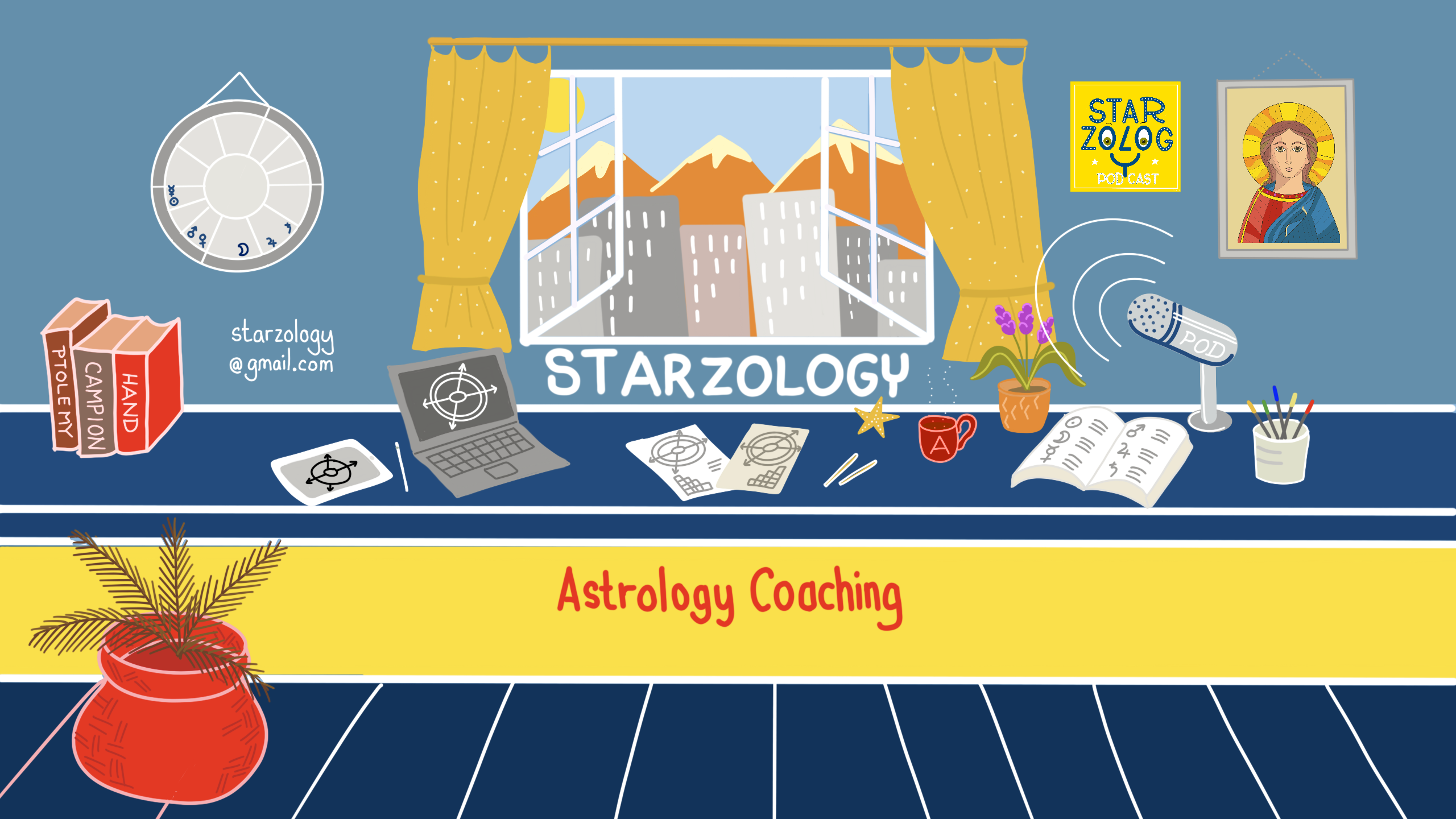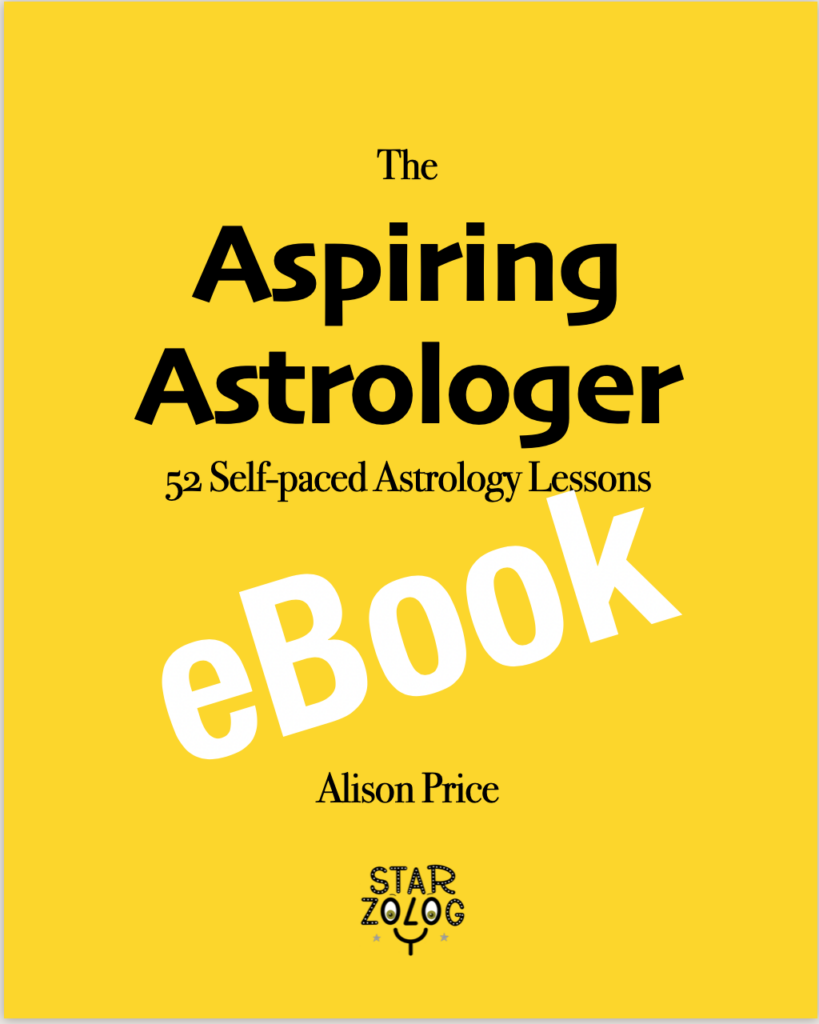Astrology and Herbs
 In astrology the planets rule many things in daily life of which some examples are the days of the week, our body parts, colours, birthstones and plants. Most plants fall under the auspices of one of the planets. Therefore each planet has many plants to which it is related.
In astrology the planets rule many things in daily life of which some examples are the days of the week, our body parts, colours, birthstones and plants. Most plants fall under the auspices of one of the planets. Therefore each planet has many plants to which it is related.
Some planet/plant affinities are clear to see such as that the sunflower comes under the Sun, and the Moonflower under the Moon but others are not obvious connections at all.
These planet to plant connotations and affinities have come to us through the ages over time. For those early correlations we have to go back to the older herbalists who were often astrologers as well.
See Gardening with Astrology for more on general gardening.
Nicholas Culpeper
The most famous herbalist is probably Nicholas Culpeper (28 October 1616, 12:12pm). Born in Oakley, England he was, amongst other things, a herbalist and an astrologer.
I refer you to Culpepper’s Complete Herbal for many of the planetary correlations I refer to here.
I am also a huge fan of Margaret Roberts from Johannesburg, South Africa who is a charismatic herb grower and author of many wonderful books on herbs and herb growing.
Herb gardens
I used Margaret Roberts schematic for the laying out and planting for both of my herb gardens that we built in Cape Town and Phalaborwa.
The first one in was in a new house in Table View, and yes that means with a view of Table Mountain, this first garden was laid out behind the house in a thin strip of land but a spot onto which the dining room faced.
Here I was able to position the birdbath (which is the focal point in any herb garden) in the centre of the window scape as you looked out at dinner. Those were the days when we as a family ate at a table each night.
The second herb garden my husband built with his own fair hands at a time when I was recovering from a most difficult surgery and could not rise from my sickbed for about a month. He wanted to create something for me to get out of bed for and hopefully to aid my long and painful recovery.
I must say I was intrigued from the enthusiastic stories from the kids about what Dad was doing as I flopped about unable to stand unaided. It worked, and indeed one day I managed the long walk to freedom down the passage and outside the house into the back garden.
What a beautiful sight to behold the red paving bricks were in a ten metre circle and all the little paths where they should be. He had been listening all those days in the past when I was chattering on about the importance of the circle and the measurements of the whole thing. I was very impressed and immediately set about making a list of the plants I now needed to fill the beds.
But when it came to it I did not need that many plants as my “sickroom” visitors came with not just gifts of biscuits and cake but of little herbs plants, packets of seeds and cuttings from their garden. The word had spread to the small community in which we were living and everyone who heard about my herb garden wanted to be part of it. Even the teachers from our kids little school donated something living like a plant or seeds with the potential for life.
For this generosity I am grateful.
But sadly we moved away and now new people have the benefit of a well stocked herb garden. In fact I believe the herb garden was a selling feature for the house when we moved. It was the only formal herb garden in the town when we built it and it maybe so today.
Definition
Herbs are a group of aromatic, culinary and medicinal plants typically grown in the subtropical regions from the 23rd to the 35th parallel on the Earth in both the northern and southern hemispheres.
Herbs are usually small leafed and grow under one meter in height.
Examples of herbs are parsley, sage and thyme.
Spices are usually grown in the tropical regions on the Earth between the Tropics of Cancer and Capricorn from the equator to the 23rd parallel and therefore are usually naturally found closer to the hotter areas than herbs. Spices are often harvested for their roots, seeds and leaves which pack a powerful heat and taste.
Examples of spices are turmeric, ginger, and peppers.
Therefore herbs have a wider growing area parallel to the Earth’s equator and so are cultivated in many countries.
Some tree bark, leaves and fruit are also loosely considered “herbs” and in modern culture we accept cinnamon, the bay leaf and elderberry etc.
Herb growers
In my experience people who grow herbs are the nicest and most generous spirited folk as they readily share their bounty of seeds, cuttings, and flowers and homemade produce of soaps, jams and preserves.
Herb growers typically spend many hours a week in their herb garden or tending their pots of little plants on their windowsills.
Herb benefits
We have known of the benefits of herbs for centuries. Many have connotations with the planets and astrology and it is interesting to see which plants related to each planet and sign.
In future posts I plan to discuss the astrology of herbs and those that I like and find the most useful.



